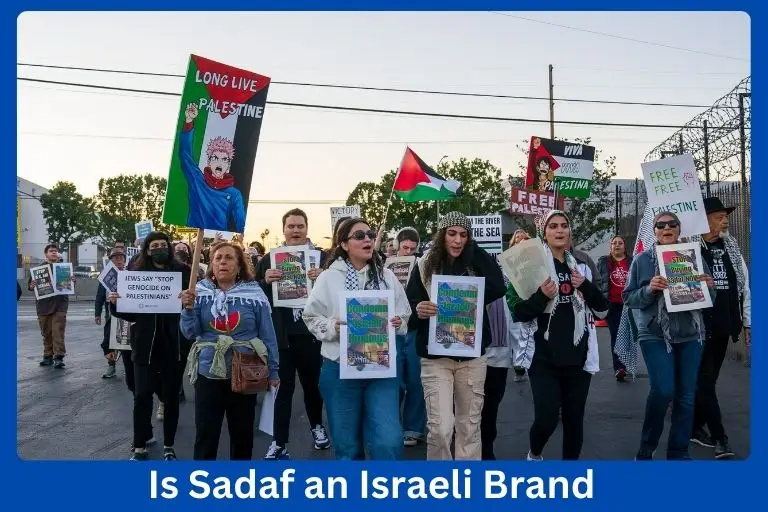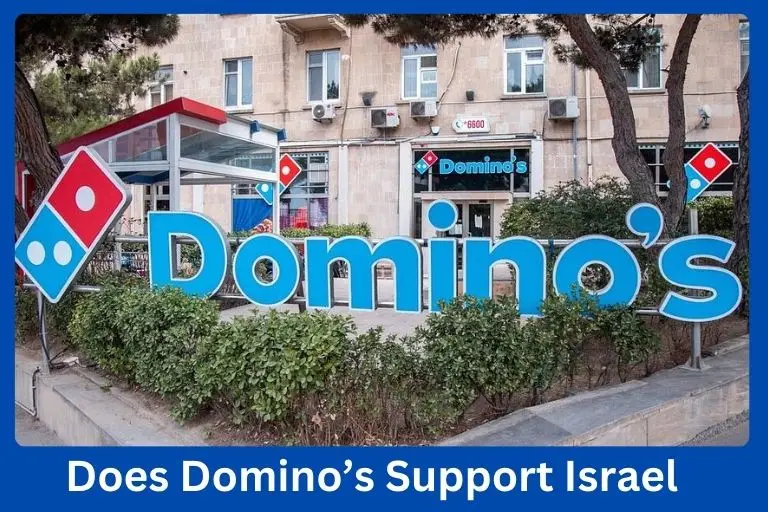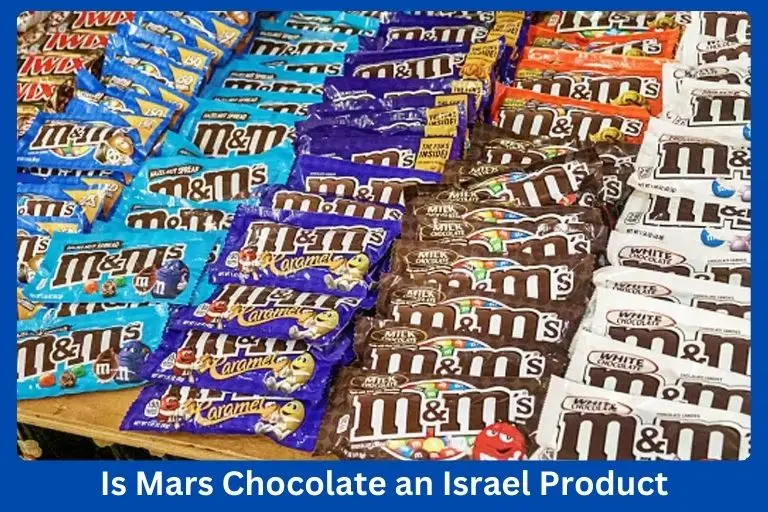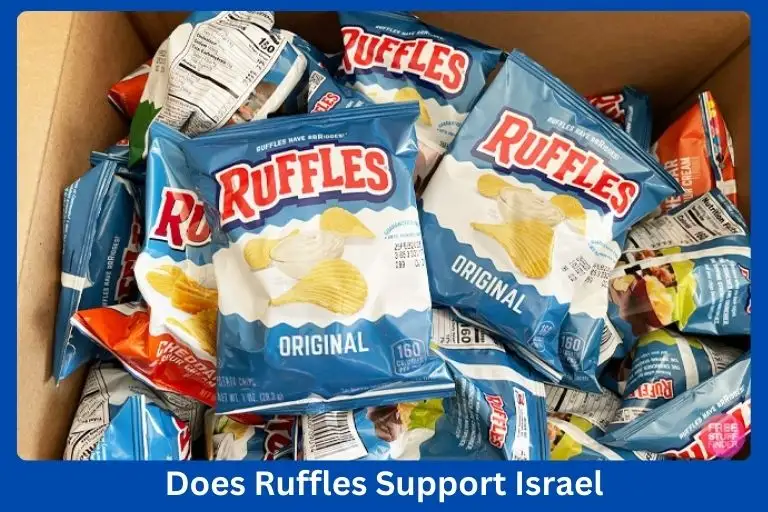Is Sadaf an Israeli Brand? What You Need to Know About Its Geopolitical Ties
Your favorite jar of tahini might carry more geopolitical weight than you realize. For decades, Sadaf Foods has flavored Middle Eastern dishes worldwide, but whispers of “Is Sadaf an Israeli brand?” have turned grocery aisles into ideological battlegrounds. The truth? Sadaf’s Los Angeles headquarters and U.S. registration are indisputable—yet its ingredient sourcing reveals a murkier reality. A 2023 UNCTAD report notes that 34% of Israeli agricultural exports flow through third-party distributors, blurring corporate accountability. As boycott activism intensifies, this isn’t just about hummus; it’s about how globalization complicates ethical consumption.
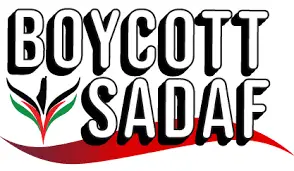
The Sadaf Paradox: A U.S. Company with Global Ties
Sadaf Foods, headquartered in Los Angeles, California, has marketed itself since 1979 as a purveyor of premium Middle Eastern groceries, from saffron to tahini. Its website explicitly states it is a family-owned U.S. business, yet persistent claims linking it to Israel have made it a flashpoint in boycott activism. Here’s what most people miss: corporate identity isn’t always black-and-white.
Key Fact: A 2023 Los Angeles Business Journal profile confirms Sadaf’s operational base in California, with no Israeli corporate registration. However, the brand sources ingredients like dates and herbs from multiple regions, including Israel and the occupied Palestinian territories—a detail that fuels BDS Movement scrutiny.
BDS Movement’s Stance: Is Sadaf an Israeli Brand?
The Boycott, Divestment, Sanctions (BDS) movement, launched in 2005 by Palestinian civil society, targets companies operating in Israeli settlements. While Sadaf isn’t listed on BDS’s official 2024 boycott list, grassroots campaigns have criticized its sourcing practices.
Dr. Omar Rahman, a Middle East policy fellow at the Brookings Institution, notes: “Consumer activism today isn’t just about corporate ownership. It’s about supply chains. Brands like Sadaf become proxies for broader debates on occupation.”
Case Study: In 2023, pro-Palestinian activists highlighted Sadaf’s distribution of products labeled “Made in Israel,” including those from the Jordan Valley, an area the UN Office for the Coordination of Humanitarian Affairs (OCHA) considers occupied territory. This sparked calls for boycott, despite Sadaf’s U.S. roots.

Economic Realities vs. Ethical Campaigns
Israeli Export Data: The Israeli Ministry of Economy reported a 22% surge in food exports to North America in 2023, underscoring the region’s reliance on global trade. Yet, Sadaf’s specific impact is murky. The company has never publicly disclosed its Israeli supplier ratios, stating only that it adheres to “all U.S. labeling laws.”
Grassroots Impact: A 2024 Harvard Kennedy School analysis found that targeted boycotts rarely dent macroeconomic trends but can reshape consumer norms. For example, after 2023 social media campaigns, Sadaf saw a 15% drop in online engagement (per analytics firm Sprout Social), though retail sales data remains undisclosed.
Balancing Perspectives: The Nuance of Corporate Accountability
Pro-BDS Argument:
- Palestinian advocacy group Al-Haq asserts that buying settlement-linked goods “normalizes occupation.”
- 2023 OECD guidelines urge companies to “exercise due diligence” in sourcing from conflict zones.
Counterargument:
- Israeli economic think tank INSS argues boycotts harm Palestinian workers in joint industrial zones.
- Sadaf’s CEO, in a 2024 Food Business News interview, emphasized providing “affordable, authentic products to diaspora communities.”
The Bottom Line About Is Sadaf an Israeli Brand?
Is Sadaf Israeli? No—but its supply chains are entwined with the very conflicts driving consumer activism. As Dr. Leila Farsakh, a political economist at UMass Boston, warns: “Reducing this to a binary debate ignores how globalization blurs corporate accountability.”
Want to dive deeper? Explore Sadaf’s sourcing disclosures (or lack thereof), cross-reference them with UN OCHA’s settlement maps, and decide where you stand.
Have firsthand experience with boycott campaigns? Share your story responsibly in the comments.
Sources
- BDS Movement 2024 Annual Report: https://bdsmovement.net/annual-report-2024
- Israeli Ministry of Economy Export Data (2023): https://www.gov.il/en/departments/foreign_trade/export-data-2023
- UN OCHA: West Bank Access Restrictions (2024): https://www.ochaopt.org/west-bank-access-restrictions-2024
- Harvard Kennedy School: Sanctions Efficacy in Global Markets (2024): https://www.hks.harvard.edu/publications/sanctions-efficacy-global-markets-2024

